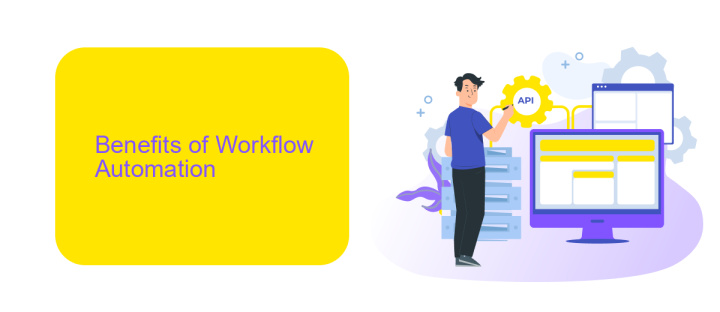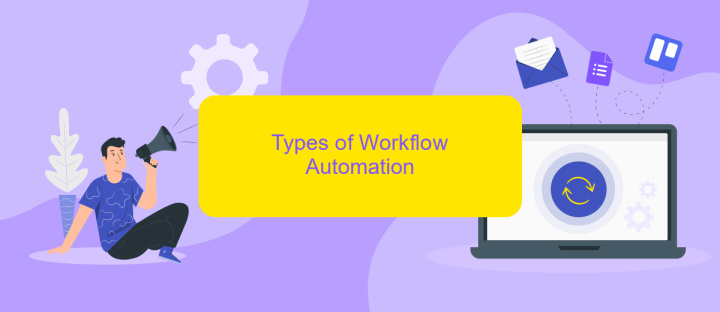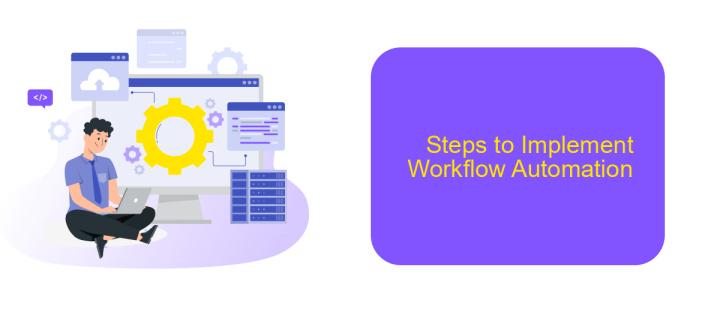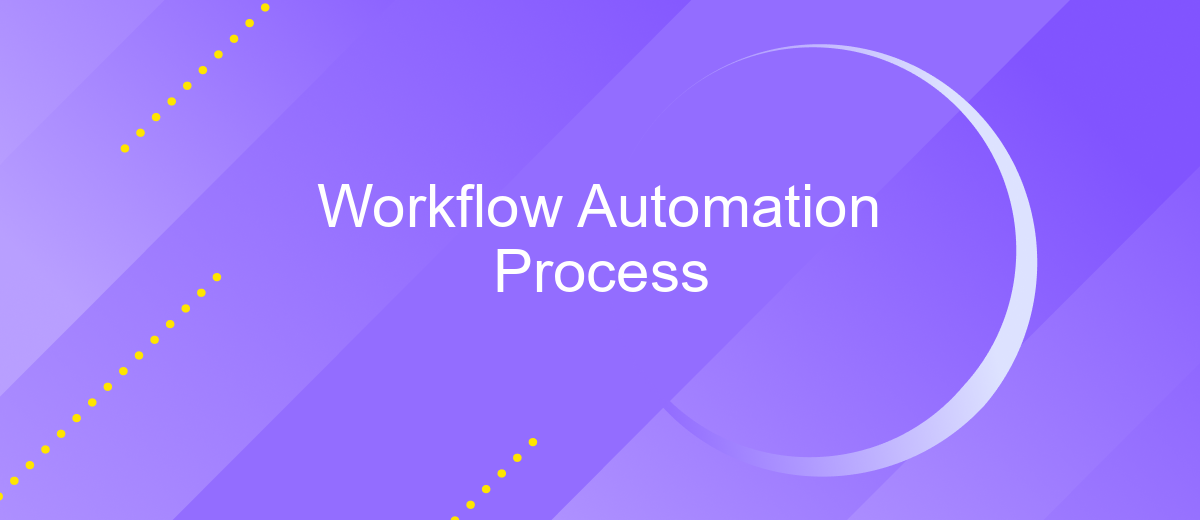Workflow Automation Process
In today's fast-paced business environment, workflow automation has become a crucial tool for enhancing efficiency and productivity. By automating repetitive tasks and streamlining processes, organizations can reduce errors, save time, and allocate resources more effectively. This article delves into the key components of workflow automation, its benefits, and practical steps for successful implementation.
Introduction
Workflow automation is transforming the way businesses operate by streamlining repetitive tasks and improving efficiency. By implementing automated processes, companies can reduce manual errors, save time, and allocate resources more effectively. This not only enhances productivity but also allows employees to focus on more strategic activities.
- Eliminates manual errors
- Saves time and resources
- Enhances productivity
- Enables focus on strategic tasks
One of the key aspects of workflow automation is the integration of various tools and services to create a seamless operational environment. For instance, ApiX-Drive offers a robust platform for integrating a wide range of applications, enabling businesses to automate data transfers and synchronize operations effortlessly. By leveraging such services, organizations can achieve higher levels of efficiency and accuracy in their workflows.
Benefits of Workflow Automation

Workflow automation significantly enhances efficiency by streamlining repetitive tasks, allowing employees to focus on more strategic activities. It reduces the likelihood of human error, ensuring greater accuracy and consistency in processes. Additionally, automation facilitates faster completion of tasks, leading to improved productivity and quicker turnaround times for projects.
Integrating various tools and services is crucial for a seamless workflow automation process. Platforms like ApiX-Drive enable effortless integration between different applications, ensuring smooth data transfer and communication. This not only saves time but also reduces the complexity of managing multiple systems. By leveraging such integration services, businesses can create a more cohesive and efficient operational environment, ultimately driving better outcomes and fostering growth.
Types of Workflow Automation

Workflow automation can significantly enhance productivity and efficiency by automating repetitive tasks and processes. There are several types of workflow automation that businesses can implement to streamline their operations.
- Task Automation: This involves automating individual tasks within a workflow, such as sending emails, generating reports, or updating records.
- Process Automation: This type of automation focuses on automating entire processes, such as employee onboarding, order processing, or customer support workflows.
- Integration Automation: Tools like ApiX-Drive help connect different applications and services, allowing data to flow seamlessly between them and automating workflows that span multiple systems.
- Robotic Process Automation (RPA): RPA uses software robots to mimic human actions, automating repetitive and rule-based tasks across various applications.
By leveraging these types of workflow automation, businesses can reduce manual effort, minimize errors, and ensure more consistent and reliable outcomes. Each type of automation offers unique benefits and can be tailored to meet specific organizational needs.
Steps to Implement Workflow Automation

Implementing workflow automation can significantly enhance your business operations by reducing manual tasks and improving efficiency. To begin, it is crucial to assess and understand the existing workflows within your organization. Identify repetitive tasks that can be automated and outline the desired outcomes.
Next, choose the right automation tools that align with your business needs. Consider factors such as ease of use, scalability, and integration capabilities. For instance, ApiX-Drive is a versatile tool that facilitates seamless integration between various applications, ensuring smooth data flow and process automation.
- Identify and analyze current workflows
- Select appropriate automation tools like ApiX-Drive
- Design and map out the new automated workflows
- Test the automated workflows for accuracy and efficiency
- Implement and monitor the automated processes
- Continuously optimize and update workflows as needed
After implementing the automated workflows, it is essential to monitor their performance and make necessary adjustments. Regularly review the processes to identify any bottlenecks or areas for improvement. By doing so, you can ensure that your workflow automation continues to deliver optimal results.
Challenges and Best Practices
Implementing a workflow automation process can be fraught with challenges, such as resistance to change from employees, integration issues with existing systems, and ensuring data security. Employees may be reluctant to adopt new technologies, fearing job displacement or simply finding the new system cumbersome. Integration with legacy systems can also pose significant hurdles, requiring time and technical expertise to ensure seamless operation. Additionally, maintaining data security during the automation process is critical to prevent breaches and ensure compliance with regulations.
To overcome these challenges, it is essential to adopt best practices. Start by involving employees in the planning stages to gain their buy-in and provide adequate training to ease the transition. Utilizing reliable integration platforms like ApiX-Drive can simplify the process by offering seamless connectivity between various applications and services. Regularly updating security protocols and conducting audits can help maintain data integrity and compliance. By following these best practices, organizations can effectively implement workflow automation and reap its benefits.


FAQ
What is workflow automation?
How can workflow automation benefit my business?
What types of processes can be automated?
How do I get started with workflow automation?
Is workflow automation difficult to implement?
Apix-Drive is a simple and efficient system connector that will help you automate routine tasks and optimize business processes. You can save time and money, direct these resources to more important purposes. Test ApiX-Drive and make sure that this tool will relieve your employees and after 5 minutes of settings your business will start working faster.

